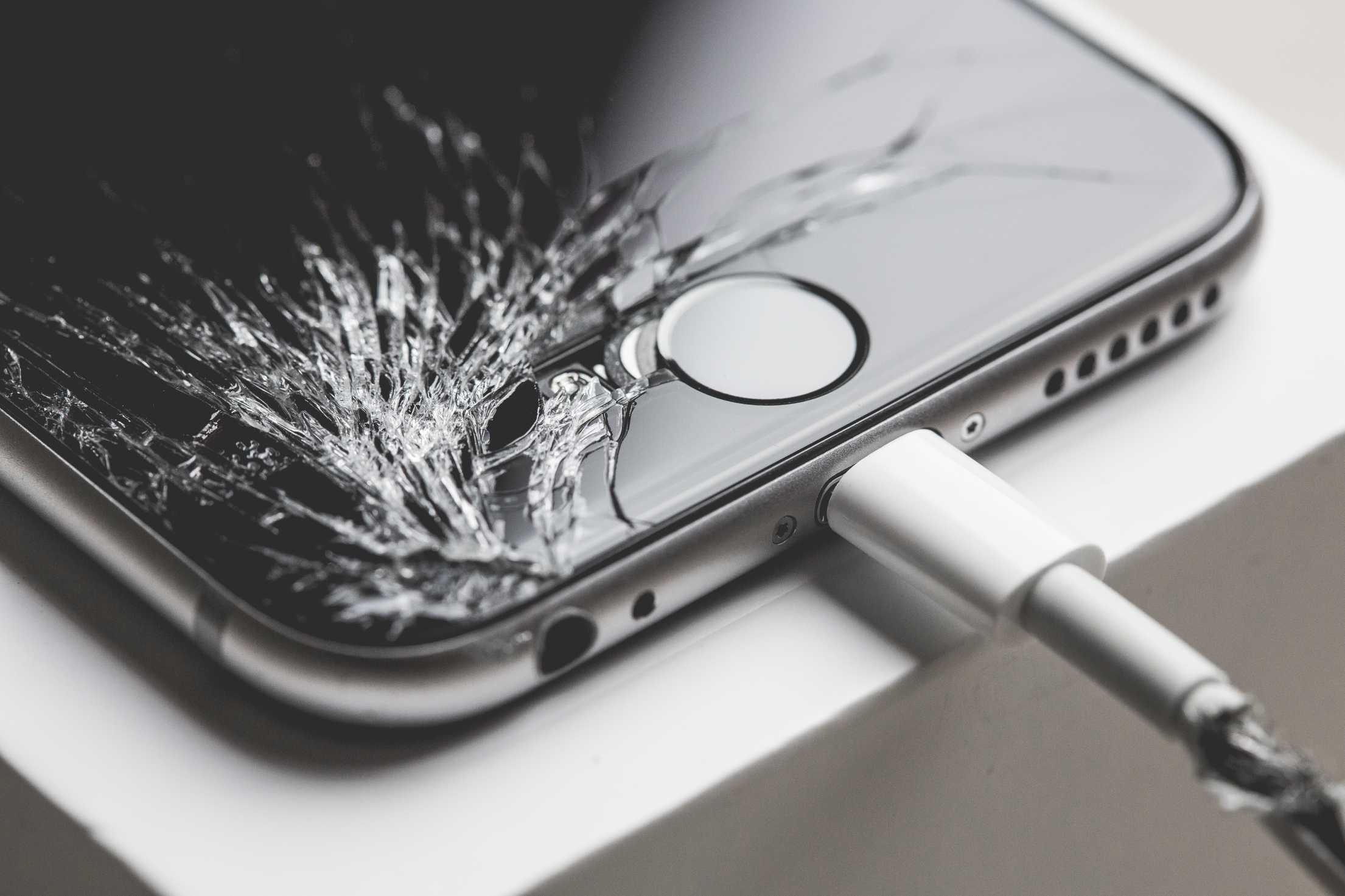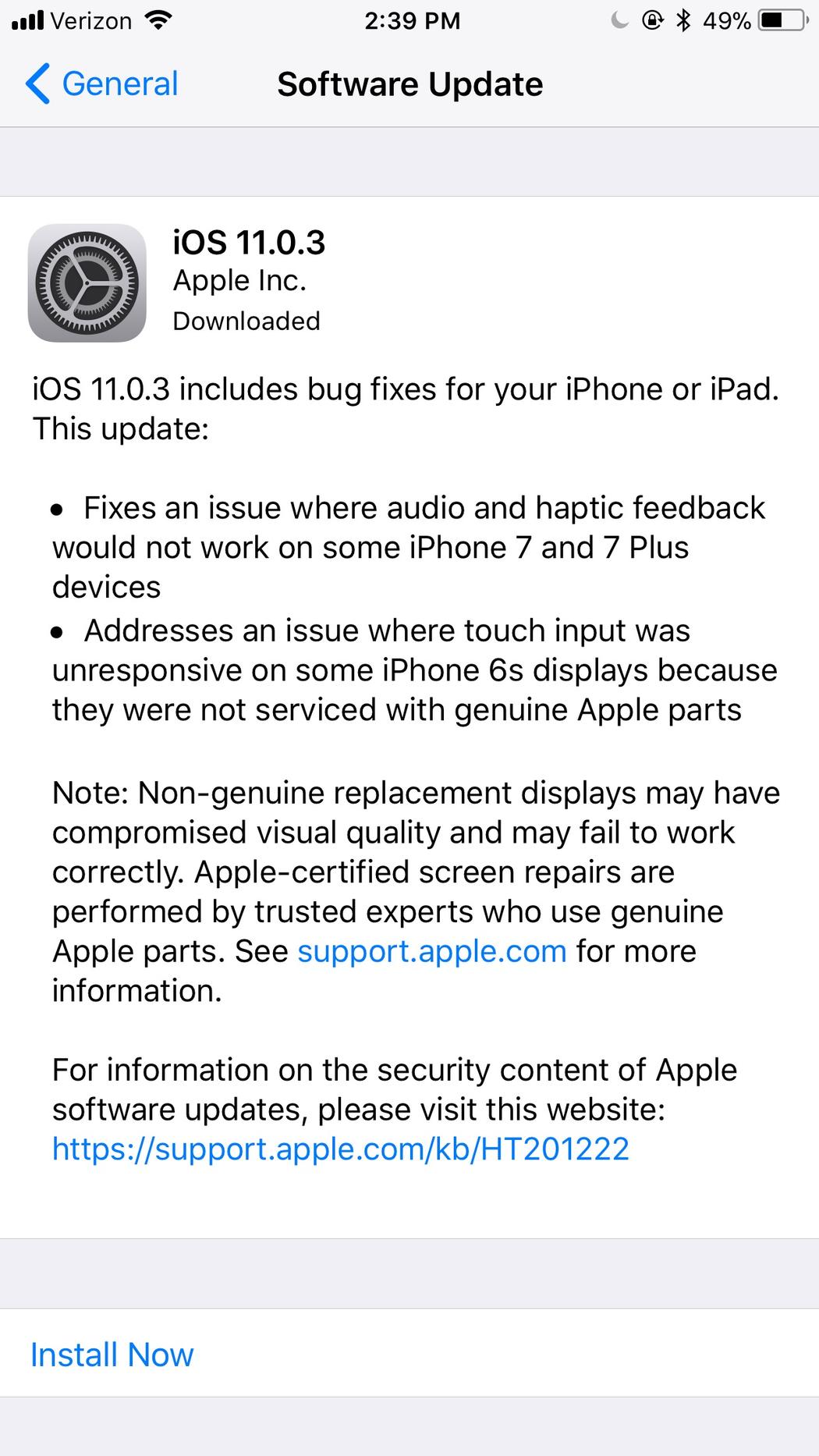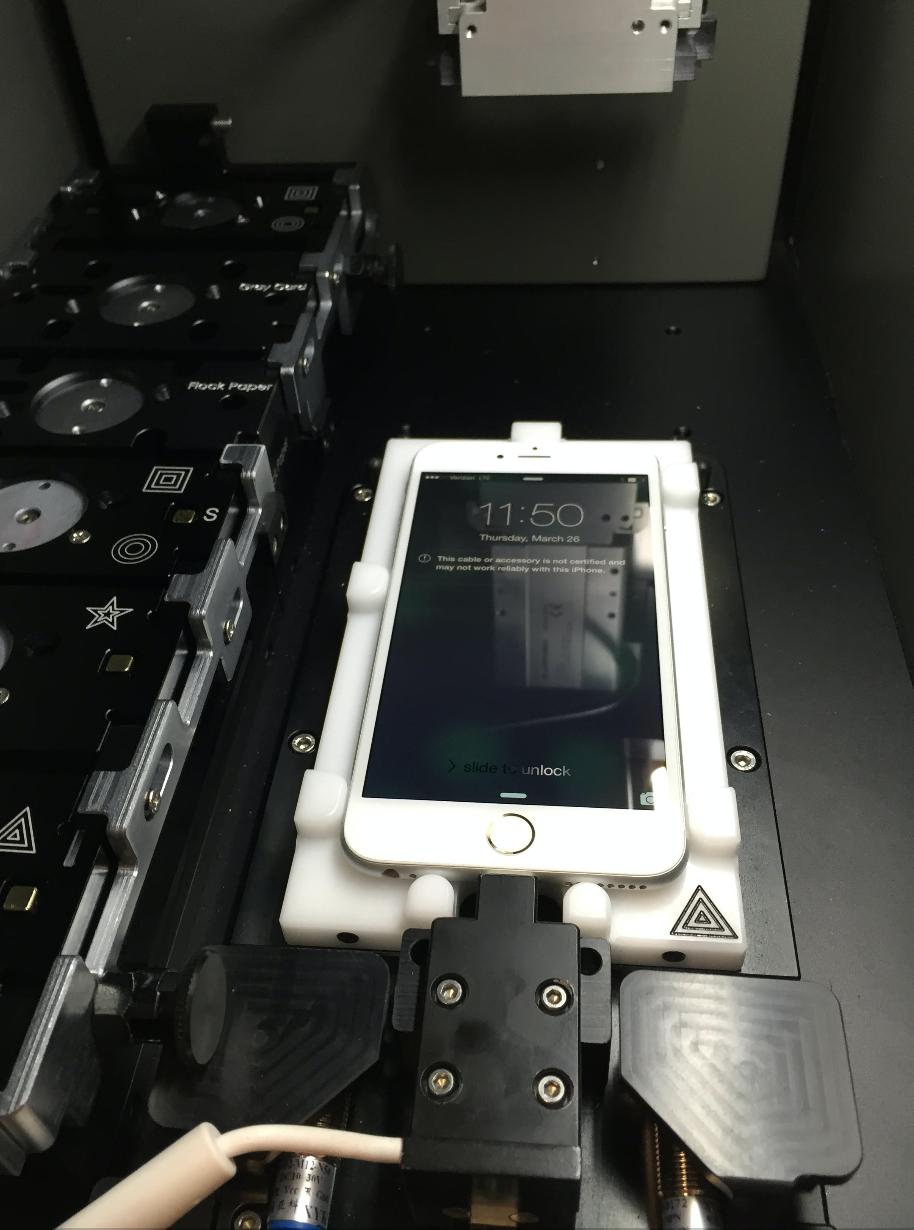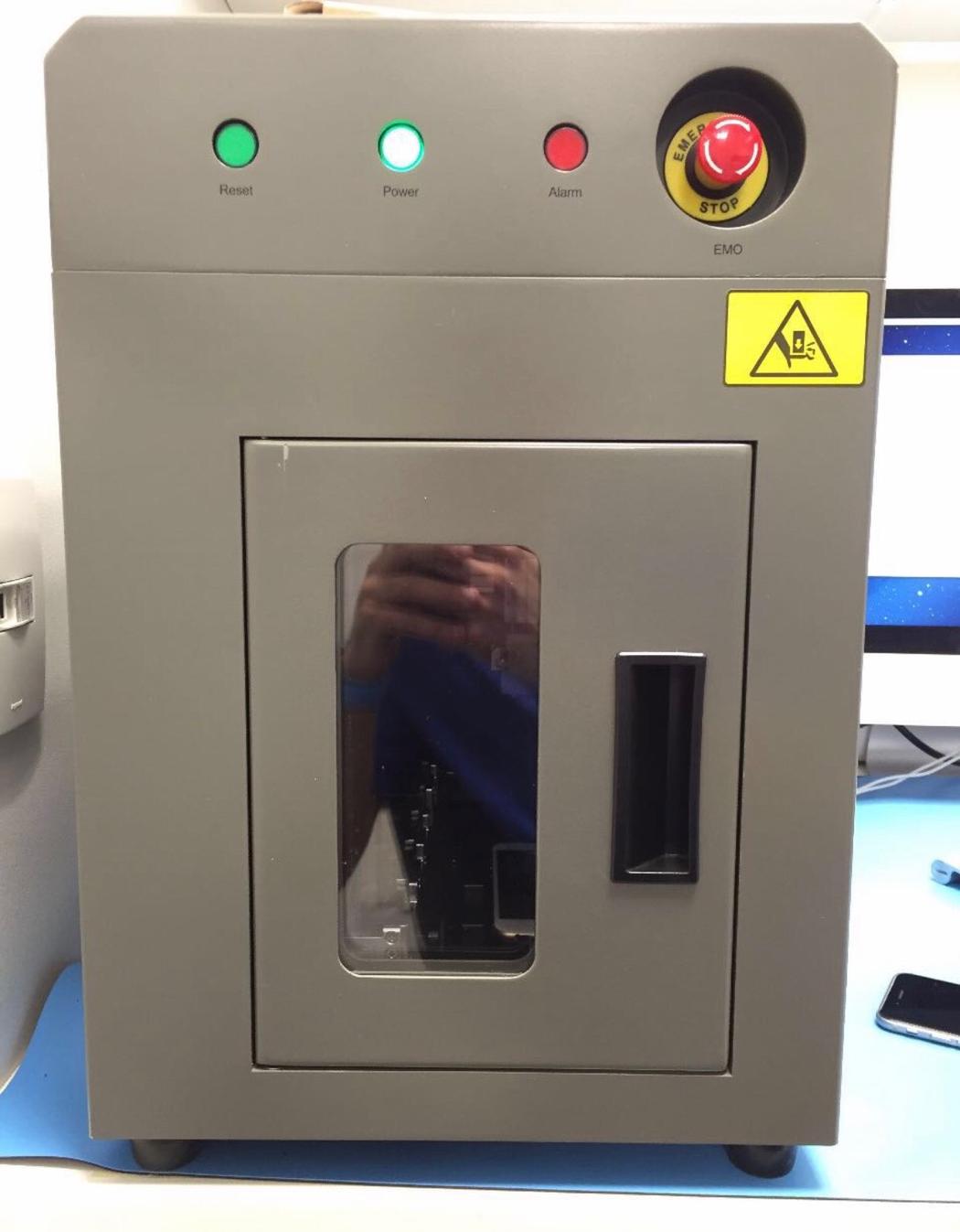Update iOS 11.0.3 showed that Apple can turn off their phones with non-original display

The recent release of iOS 11.0.3 showed that Apple has the ability to disable phones with a non-original display installed. In principle, replacing the screen of the iPhone is not such a difficult task; not only service centers (including unauthorized ones), but also the owners themselves, cope with this. Well, since few people have the desire to lay out $ 100- $ 150 for replacing a broken display with the original brand new screen, third-party screens are popular with Apple owners. They cost $ 20-70, depending on the model, and work (and look) in most cases no worse than the original.
But since the corporation makes a significant part of the profit for the repair of user devices, then, of course, the management does not like that the owners of the phones use the services of third-party companies. This discontent became clear after the release of iOS 11.0.3. The “accompanying note” states that “non-original displays may degrade image quality and may also function incorrectly. Apple-certified repair work is carried out by highly qualified specialists using genuine Apple replacement parts. ”
Another note in the update states that the update is intended to correct the incorrect operation of the iPhone 6S displays, which were not replaced by Apple. Yes, the update removes a number of issues that are discussed in a note. But this, at the same time, is a reminder to all users that, if desired, a corporation can make its phones with non-original screens completely inoperable until the screen is replaced with the original one.
A kind of "cold war" has been conducted by a corporation with independent service centers for a long time . Apple’s certification program itself costs a lot of money, and certified phone repair companies can only perform a limited number of operations on iPhones that users have sent in for repair. So, it turns out, independent companies are considered to be "gray" by Apple, especially since they receive spare parts from China, from similar independent suppliers that produce screen replicas. In some cases, there are also poor-quality screens, but in most situations they are almost indistinguishable from the original - they work and look exactly the same as Apple displays.
Actually, this is not surprising, since both the original and non-original are often produced in the same factories, by the same people. This fact, of course, is not advertised, but very many people know about it.

But users, in general, should themselves have the right to decide which display or any other part to install instead of the defective one. What Apple is doing is literally on the verge of consumer protection law in most countries. Perhaps the corporation does not turn off "alien" displays just because it threatens with a mass of lawsuits and a significant decrease in popularity.
By the way, the iOS 11.0.3 update itself eliminated the problem of the inoperability of smartphones of a corporation with “non-native” screens, which appeared after installing the previous update. It may well be that the corporation was afraid of the consequences and decided to roll back the changes made. So she kills two birds with one stone - and remains good, and reminds users that everything may not be as good in the Danish kingdom as it seems. Once - and the phone does not work, once again - it works.
It is worth noting that the company has been practicing such techniques for a long time. For example, all “Home” buttons with a fingerprint sensor are “tied” to their motherboard. If the button fails, then the iPhone models up to the "seven" can be replaced, but the sensor will no longer work. The "seven" stops working and the button itself. Chinese buttons cost 3-4 Euros each, and they do not work only because Apple sets software limitations — in hardware, these elements are in most cases a complete copy of the original. In the will of Apple with the next update to allow the work of all "foreign" buttons. But this does not happen, and probably will not happen in the near future.

This is how the device looks like on the synchronization of the button with the iPhone 7 motherboard
The company itself, in order to make the new button work with the iPhone 7, where this element changes, uses a device called the “Horizon Machine” . It is only at the service centers of the corporation itself.

Whatever it was, but more and more repair specialists and regular users are in favor of limiting Apple’s possible actions regarding the impact of its updates on the performance of the iPhone smartphones, even though with original parts, although not. The user should have the right to decide what to do. "The right to repair" should be for everyone.
All Articles